Fly Fishing the Blue-Winged Olive Hatch:
The term “Blue-Winged Olive” (or BWO) refers to a ubiquitous group of small mayflies, rather famous for two important hatching periods that bookend the summer months. The first from late March through the month of May—often before any other bugs begin hatching in earnest. As such, it’s often seen as the start of the spring fly fishing season. The second comes in the fall, starting in mid-September and carrying right on through October. This presents fantastic opportunities for fly fishermen looking to take advantage of less crowded waterways and cooler weather.
If you’re looking to catch the fall hatch, keep an eye on the forecast. You’ll want to hit the river on cool, cloudy days that have been preceded by warmer, sunnier weather. Temperatures in the low 50s, scattered showers, or even a touch of snow on the horizon can be promising portents for a good day of BWO fishing.
Distinguishing BWOs from Other Mayflies:
BWOs belong to the genus Baetis, a scientific classification that includes a broad range of mayfly species of similar shape, size, and coloration. Parsing identification out to a species level is challenging—even if you have access to a microscope and a working knowledge of the various subtle differences that set one Baetis species apart from another. As a result, “Blue-Winged Olive” has become a bit of a catch-all for smaller mayflies, ranging in size from 14 to 22. Despite the name, adult BWOs can come in various shades of olive or brown. While their wings may have a blue tint, they are most often grey in coloration or—as is the case with the final stage of their lifecycle—completely transparent.
The BWO Lifecycle (and How to Fish It):
If you mean to fly fish the BWO hatch, it’s worth exploring what all that entails. Referring to it as a “hatch” can be a bit misleading; in reality, there’s several stages of the BWO lifecycle that trout key into that we, as anglers, can take full advantage of:
- The Nymphal Stage: Nymphs crawl out from gravelly substrates in freestone streams, creeks, and tailwater rivers and proceed to swim and float through the water column while feeding on algae and other vegetable matter. Their bodies are slender (light olive to brown to dark olive in color), and they possess three tails—an important detail if you’re attempting to imitate this stage. BWOs can remain in the nymphal stage for upwards of two years before moving toward the surface. If you’re looking to capitalize on these prolific hatches, look for nymphs in back eddies, gravel bars, and slower currents.
- The Emerger Stage: When a nymph finally sheds its nymphal shuck and rises toward the surface, we call it an emerger. Possessing the capability to trap air bubbles between their new exoskeleton and their nymphal shuck, they’re able to use a combination of swimming and floating to move vertically through the water column. During the last part of emergence, the BWO struggles to break the surface tension of the water—often attracting the attention of hungry trout.
- The Dun Stage: The emerging mayfly becomes a full-fledged adult, known as a dun, when it crawls from its nymphal shuck to rest on the surface. Notably, duns have just two tales. Blue-winged olives will remain on the water surface, drying its upright wings and floating for extended periods of time. This makes them easy pickings for hungry trout as well as easy imitations for a dry fly fisherman; we can set our dun imitations on a drift and let it stay there, increasing the chances that a big trout will go for the bite.
- The Spinner Stage: Once duns have dried their wings, they fly to shore, landing on the undersides of leaves or blades of grass. Here, they will molt one final time before joining a swarm of other shiny “spinner” BWOs in a mating dance that slowly sinks back to the surface of the river. This culminates in females laying their eggs in the water and males flying until they are spent. In both cases, the river surface often becomes crowded with dead mayflies. Imitating this stage requires a perfectly still presentation—or a “dead-drift”—so that choosey trout can’t differentiate your fly from the real spinners floating on the surface.
Don't forget to take advantage of our fall fly fishing sale! If you mean to fish the hatch, this is your chance to save 15% off on a new dry fly rod, leaders, and tippet!

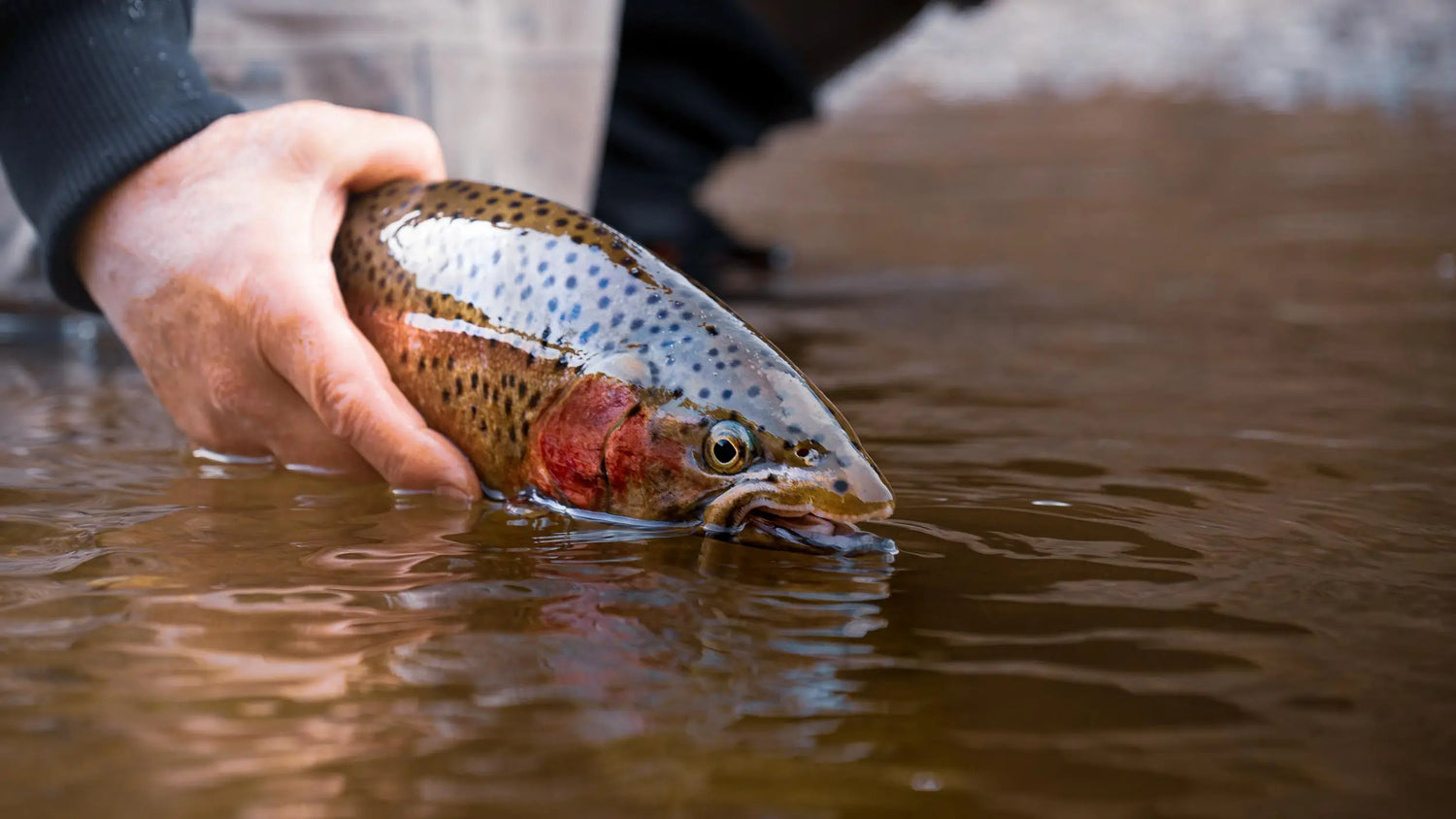
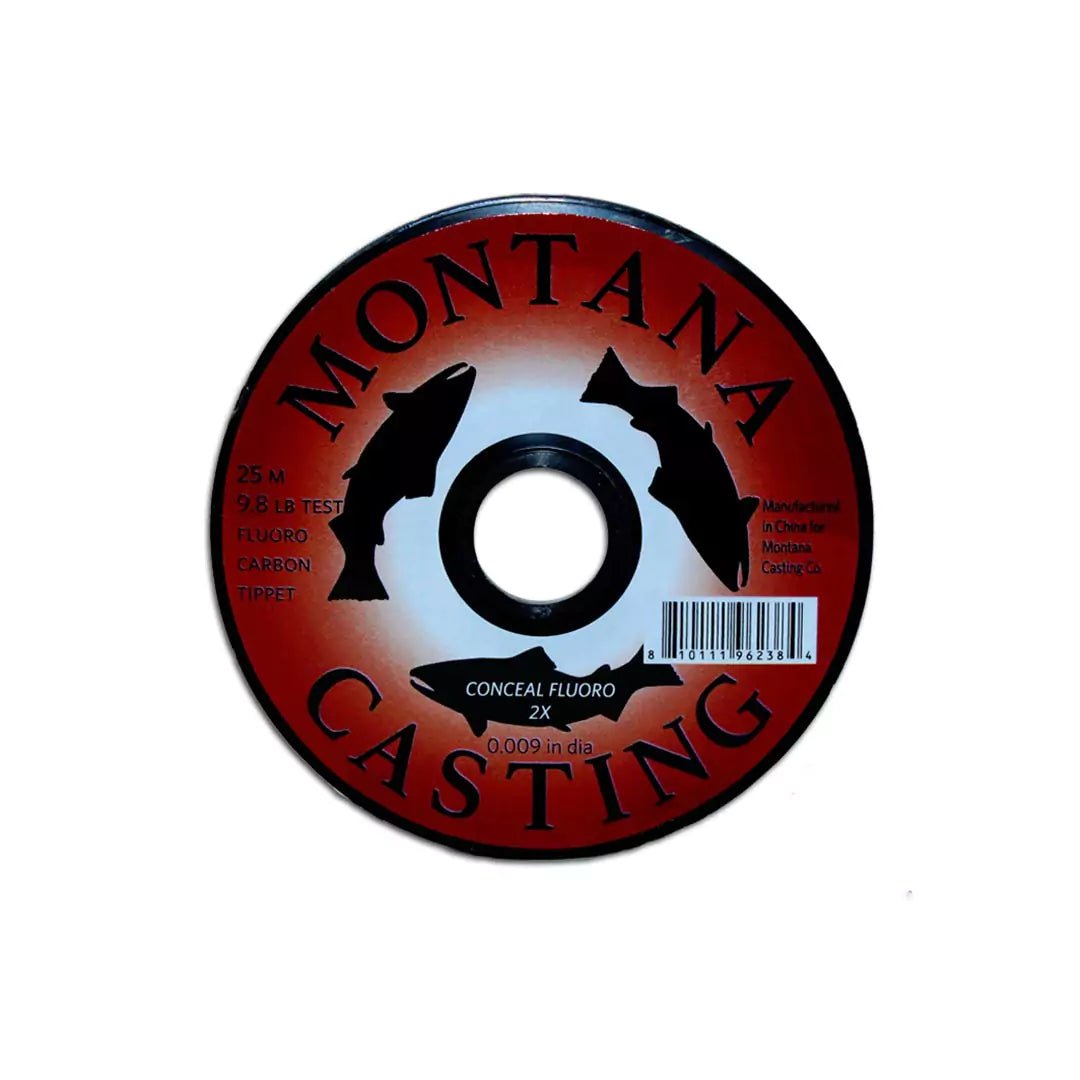
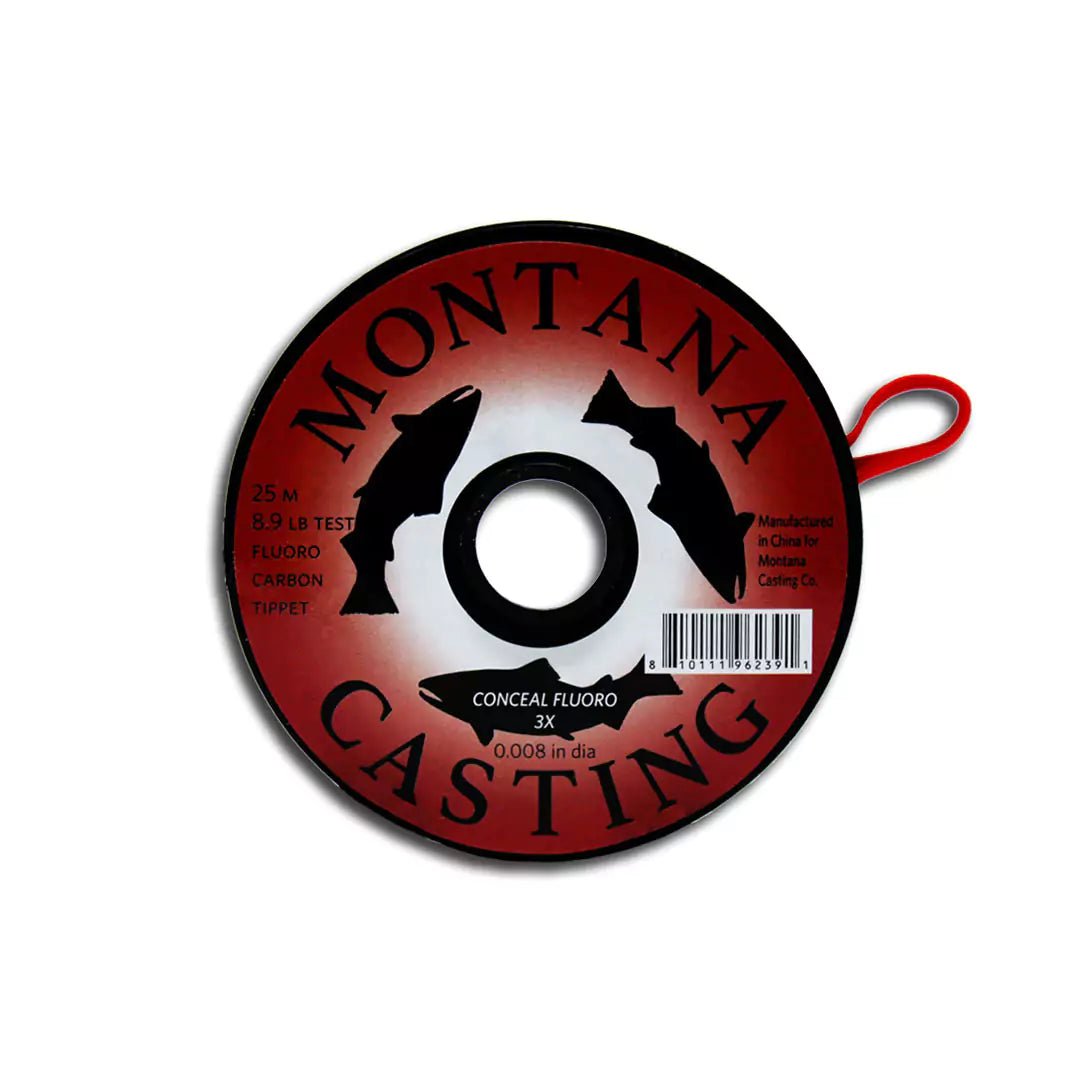
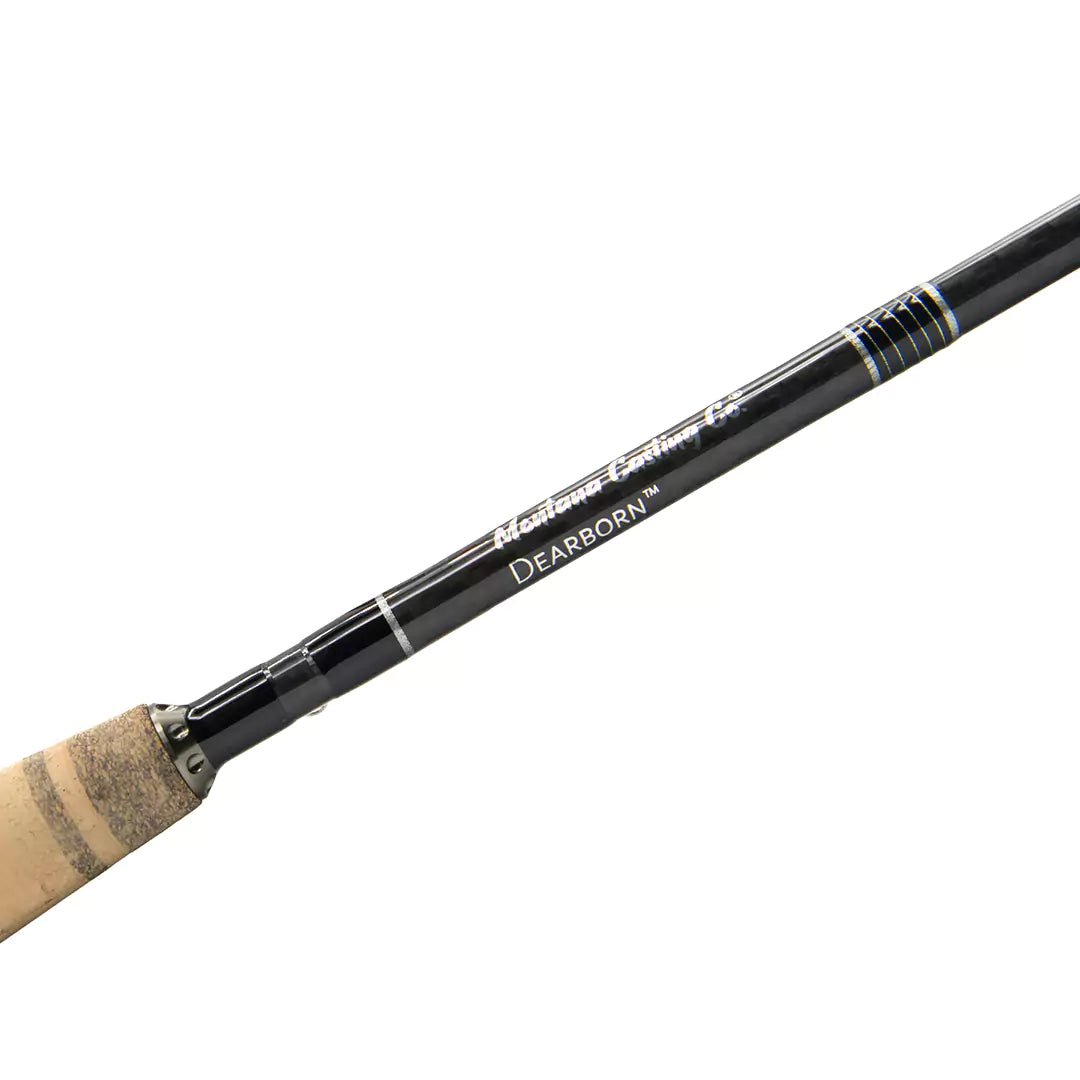
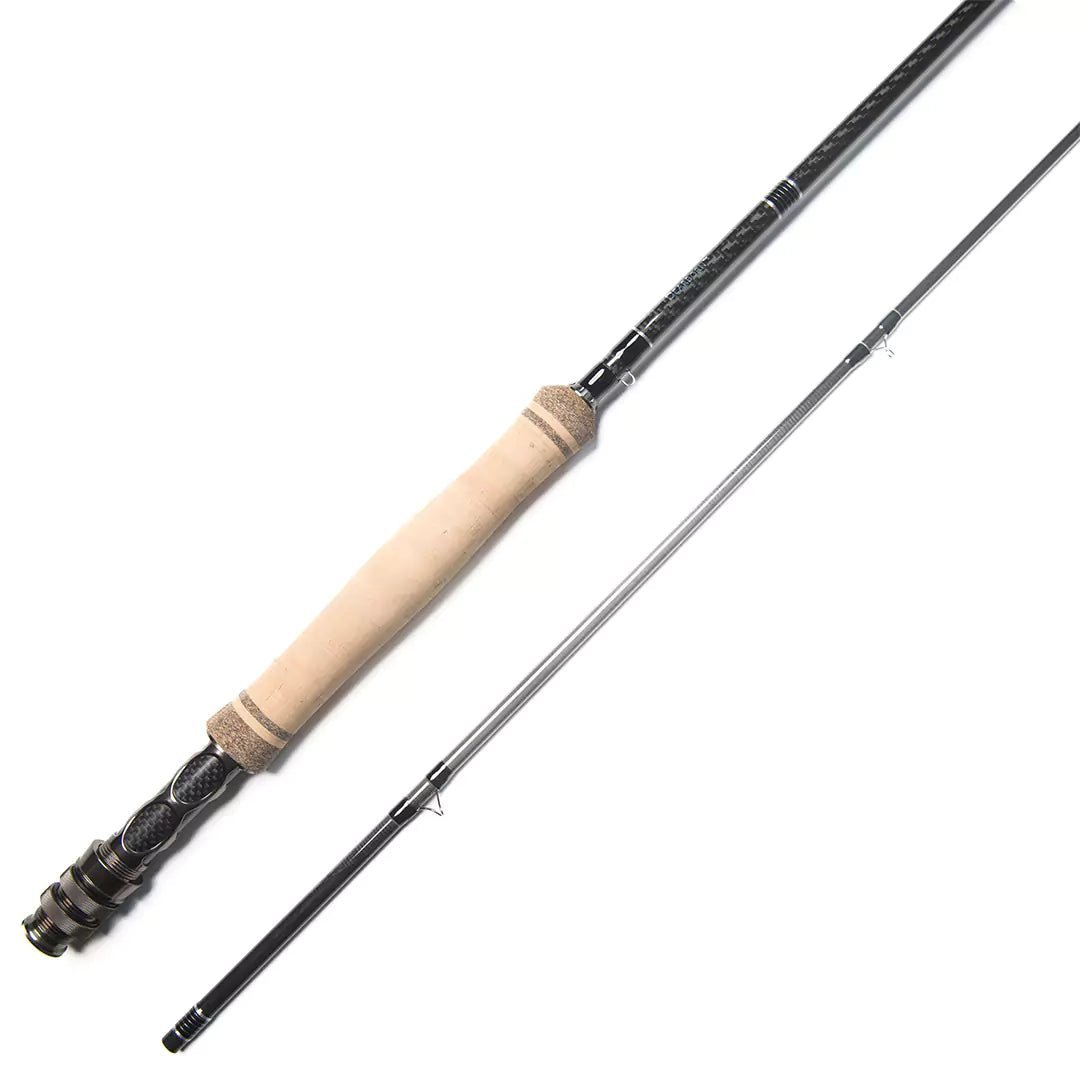
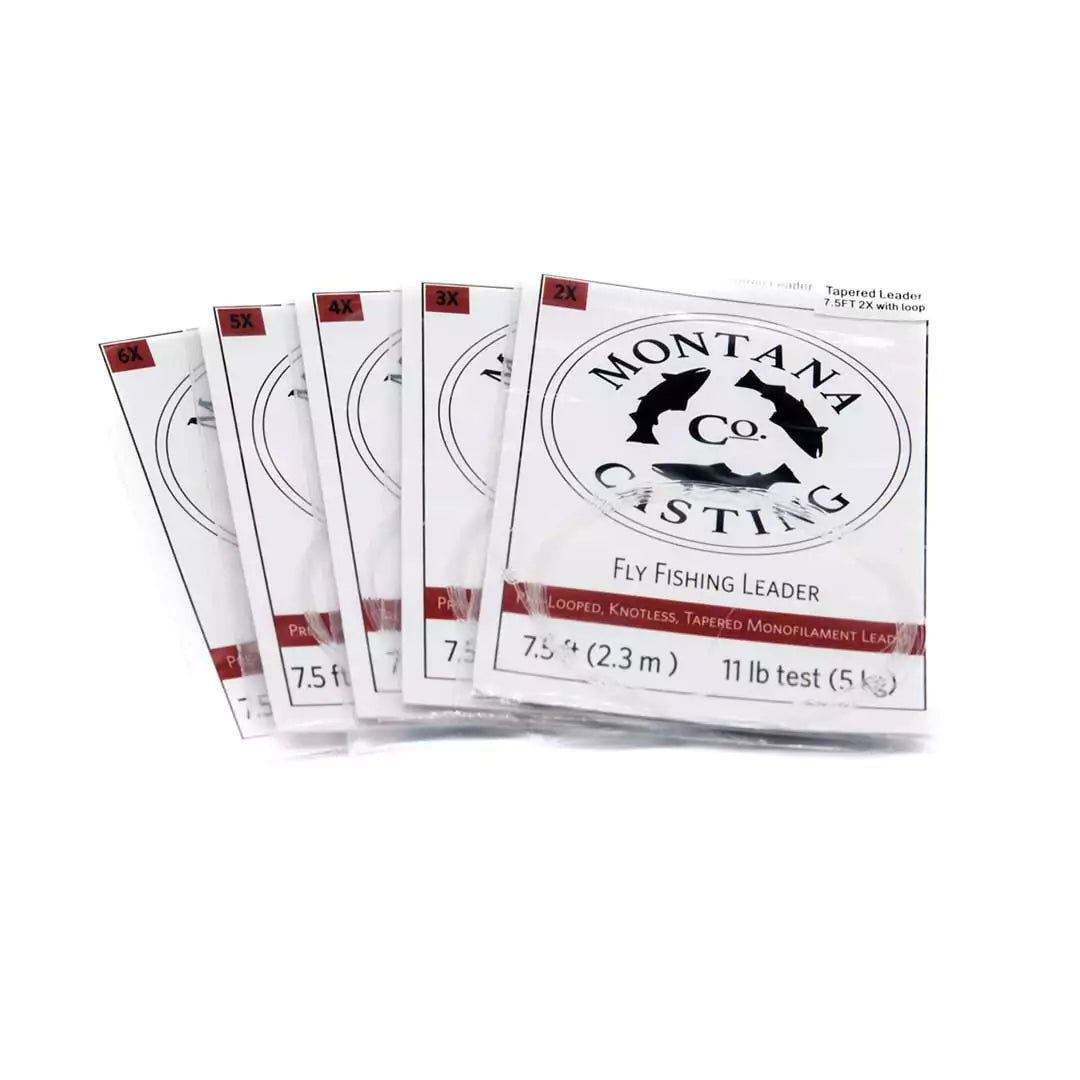
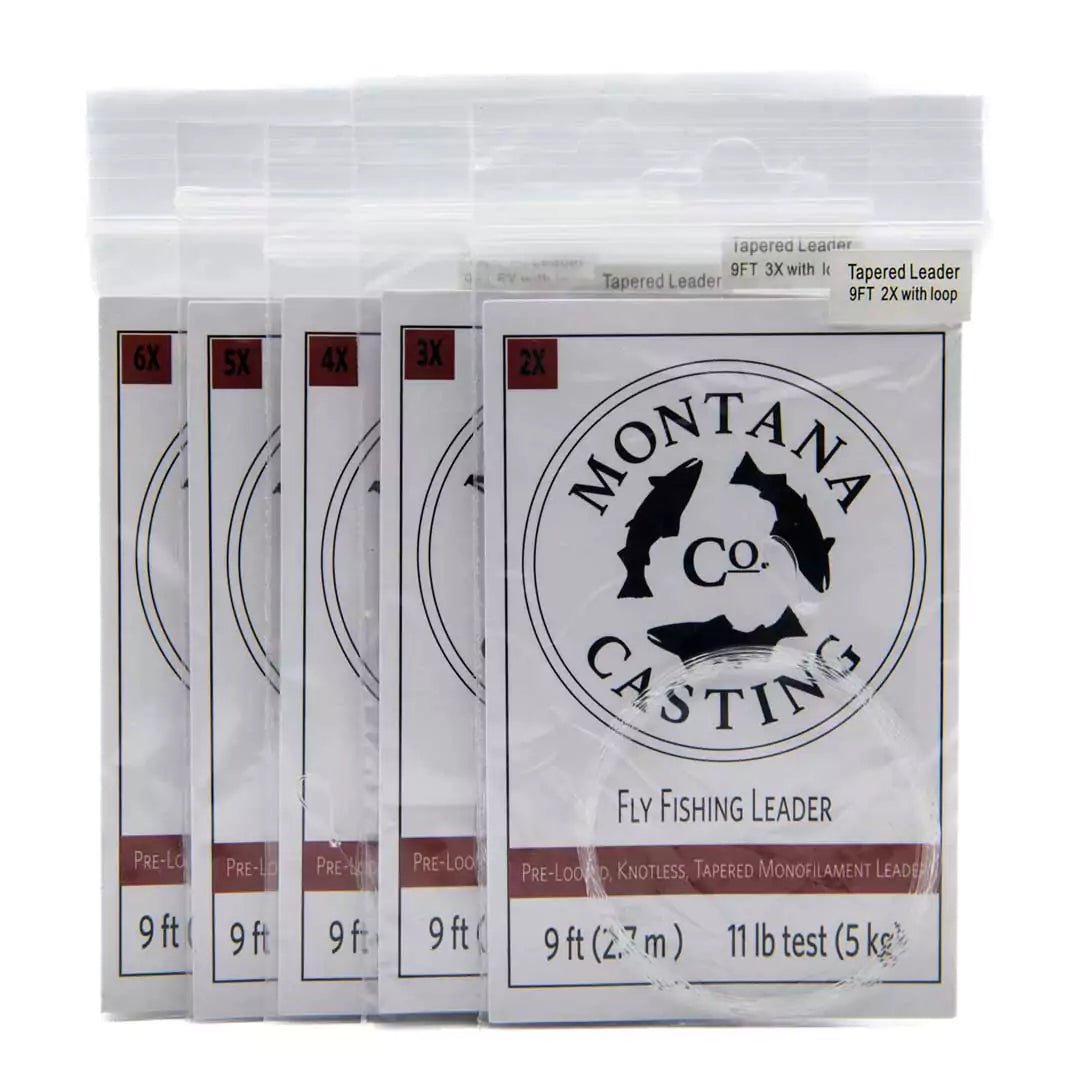
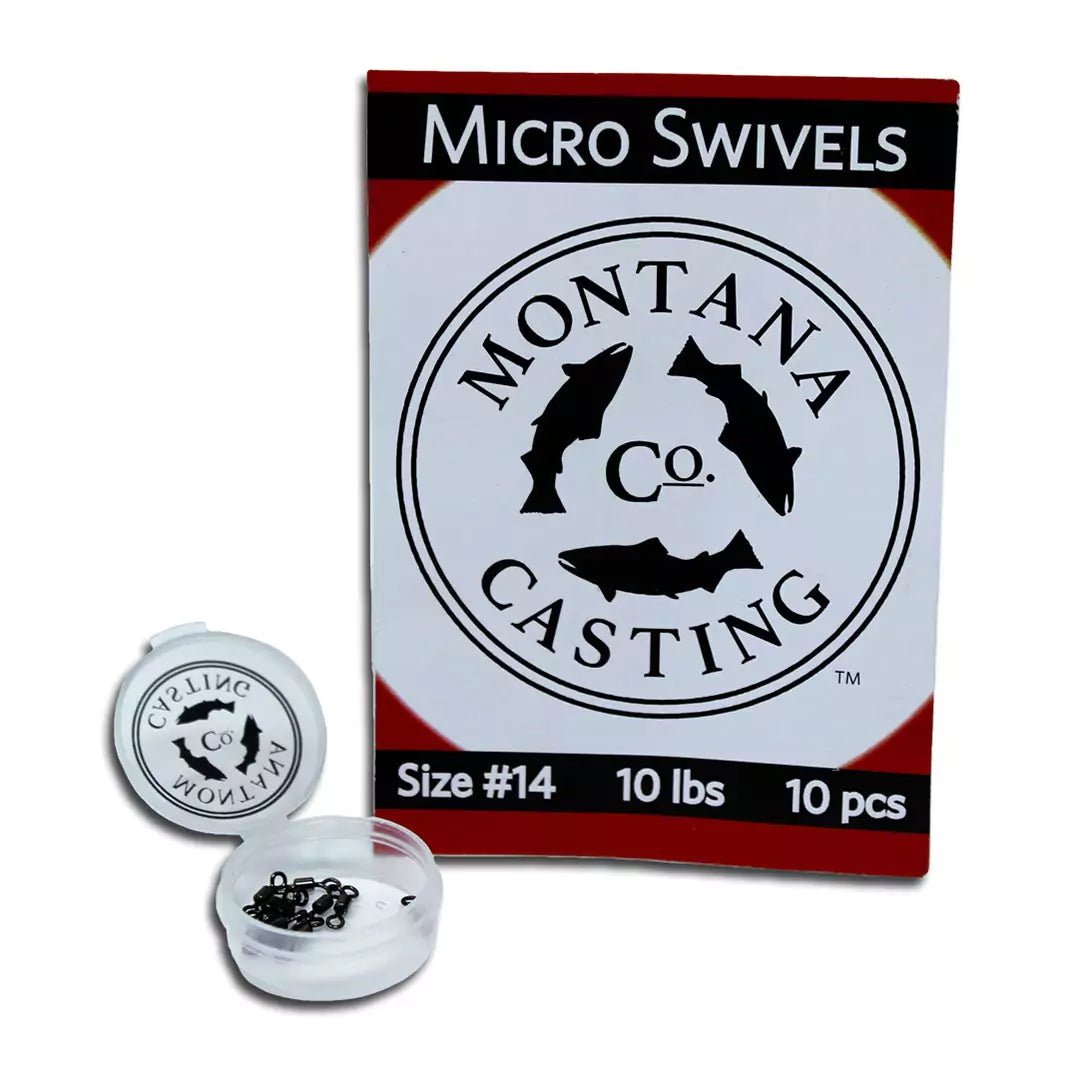

0 comments